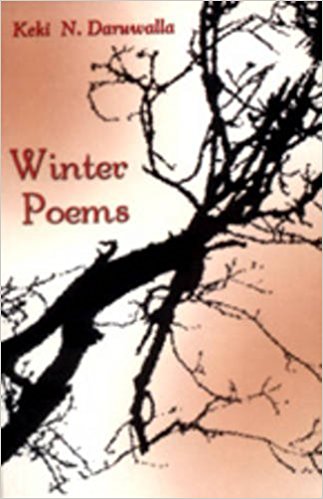In September 1968, the need for an Introduction to his collection of essays and reviews persuaded David McCutchion to examine the state of the criticism of Indian writing in English. His assessment was characteristically restrained but exacting: ‘the critical tradition in India is weak,’, ‘Lack of critical, especially self-critical discrimination is certainly a feature of this situation’, ‘on the one hand it (takes) the form of dismissive contempt … on the other of committed praise’. Around June 1980, a lesser obligation provoked Arvind Krishna Mehrotra into examining the stage of the criticism of Indian English writing; his stance was, also characteristically, aggressive and unsparing: ‘The Indian writer in English is not the ham’s best friend. He avoids the witness-box, he does not walk down the road to inspect a neighbour’s farm, he neither expresses disappointment at the poor crop nor joy at the abundance. The inquisitive reader is then left with V.A. Shahane and C.D. Narasimhaiah for his guides and their opinions, like those of any hangeron, are dispensable’ (Chandrabhaga 3).
May-June 1981, volume 5, No 5/6

